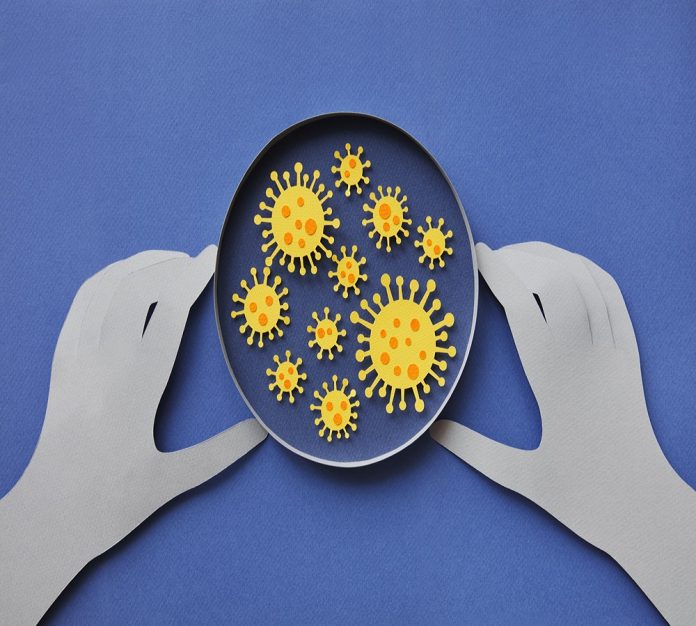Omicron (Omicron) and Delta (Delta) variations Apart from Karnataka, Maharashtra, and Delhi, a new version of the coronavirus known as Deltacron has arrived in India, with cases reported in a number of states.
People in India have breathed a sigh of relief as the number of new cases of Coronavirus has decreased, but a new version of Covid-19 has arrived in the country. The novel coronavirus variant consists of Delta (Delta) and Omicron variants. The Deltacron variety, which combines Delta and Omicron, has arrived in India, with instances documented in several states.
DeltaCron cases have been reported in these states!
India’s Covid Genomics Consortium (INSACOG) and GSAID have stated that 568 cases are under investigation in the country, according to an article published in Money Control and quoted by Telangana Today. According to the paper, Deltacron variations have been found in 221 cases in Karnataka, which has become a hotspot for the disease. Following that, 90 instances in Tamil Nadu, 66 in Maharashtra, 33 in Gujarat, 32 in West Bengal, 25 in Telangana, and 20 in New Delhi are being investigated.
Deltacron is a cross between Delta and Omicron.
This is a super super-mutant virus, according to specialists, with the technical name BA.1 + B.1.617.2. Experts say there is a hybrid strain made up of Delta and Omicron that was found last month by researchers in Cyprus. Scientists thought it was a technical error in the lab at the time. However, incidents are now surfacing in the United Kingdom. Deltacron is a coronavirus hybrid that combines the Delta and Omicron types.
With the introduction of new Covid types, infection rates will rise.
Many research is being conducted, according to scientists, to determine how hazardous the new Delta and Omicron virus is. According to sources, the virus outbreak began in France in January 2022, with the first case being reported. The recombinant virus of Omicron and Delta is spreading, according to the World Health Organization (WHO). Omicron and Delta versions of SARSCov2 are likely to spread simultaneously, according to WHO expert Maria Van Karkhove. They have a high rate of circulation.



